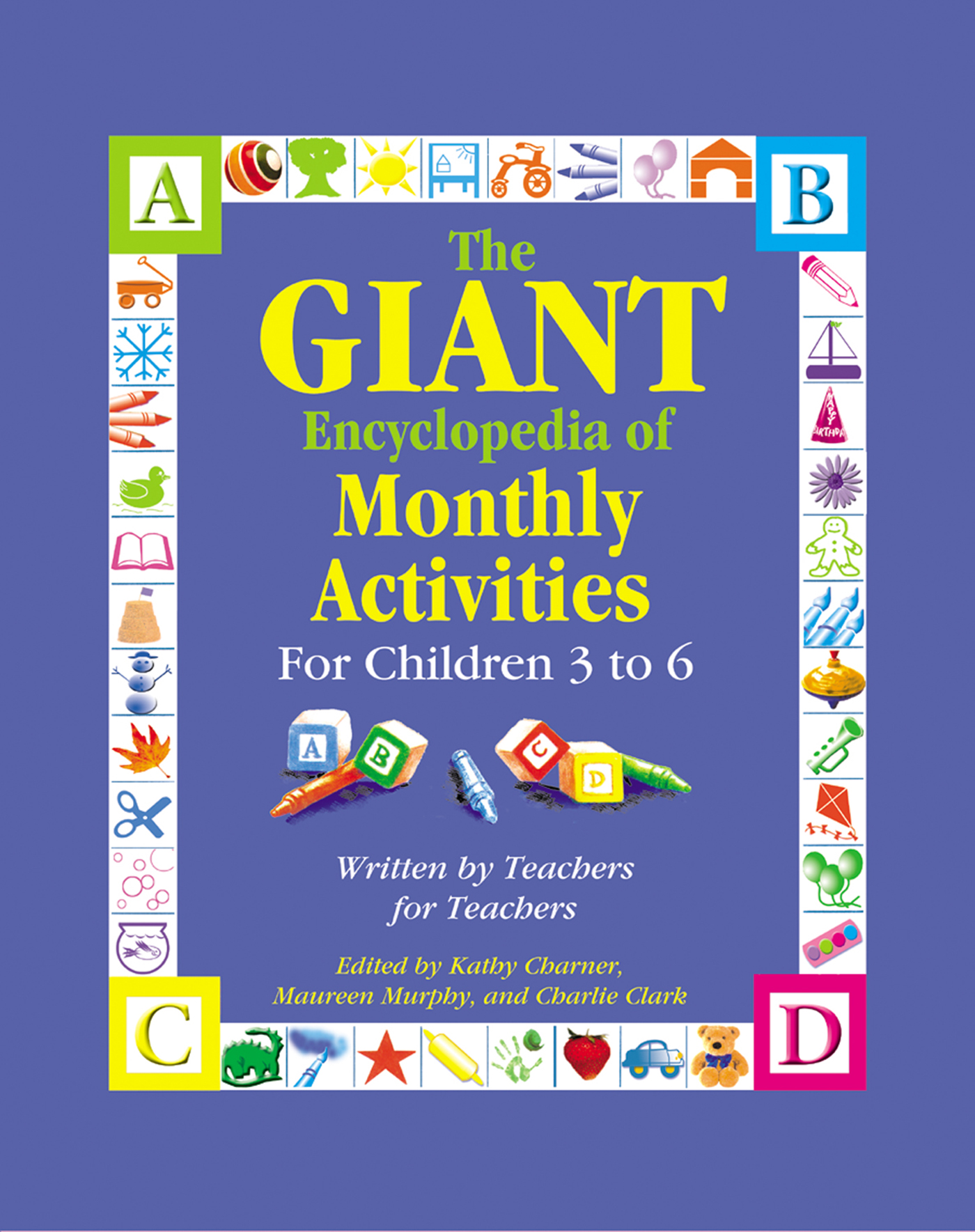Materials
books and pictures of farms
cardboard boxes scissors glue and tape miniature straw bales oatmeal boxes cake pans paint and brushes eggs and milk mixing bowl sponges lightweight cardboard cotton balls, feathers, fake fur, and so onInstructions
* National Farm Awareness Week is the third week of September.
1. Few children live on farms today. Many don't realize the food they eat
doesn't originate in a supermarket. Find books and pictures of farms to
share with the children. Talk about farms with the children. Explain that
they will be doing a few different activities related to farms.
2. Help the children make a barn from a square cardboard box. Construct
the peaked roof from cardboard cut from a similar-size box. Store tiny
straw bales (available in craft stores) in the barn loft.
3. Make a silo by gluing together two round oatmeal containers. Have the
bottom of one container on top for the closed roof.
4. Construct a smaller cardboard box hen house.
5. Use a round, shallow cake pan for a large animal water trough, and a
small lid for a water container for fowl. If you choose to have ducks,
provide another cake pan for the pond where they will swim. Note:
Don't put water in the containers when children are playing with the
farm; paper-based barns and other items disintegrate quickly.
6. Encourage the children to paint the buildings. Let dry.
7. Provide plastic farm animals or glue coloring book or magazine cutouts
to poster board and cut them out. Encourage the children to move them
around.
8. Show pictures of farms while the children pretend to milk the cows and
gather the eggs.
9. Bring in real eggs and talk about where they come from. If you have
cooking facilities, make omelets with the children.
10. Serve milk when you talk about cows. Have children beat heavy
whipping cream in a mixer to make butter. (This takes time, so provide a
related coloring activity for children to work on until the butter is ready.)
11. Serve bread and butter for snack. Note: Be aware of any egg or dairy
allergies before doing these activities.
12. Help the children cut out sponge shapes of different farm animals.
Show them how to dip the sponges into paint and then onto paper to
make prints.
13. Cut out animal shapes from lightweight cardboard. Encourage the
children to decorate the animals. For example, decorate lambs by
tearing cotton balls into bits of fluff before gluing it on. Use fake fur bits
or feathers to decorate other animals.
14. Let the children take home their farm animal prints and cutouts so they
can explain the different farm animals to their parents and siblings.
